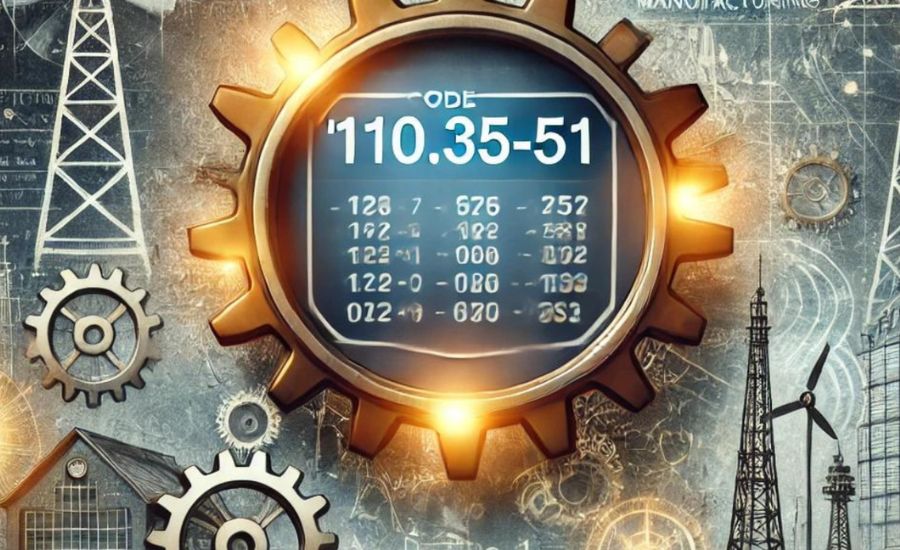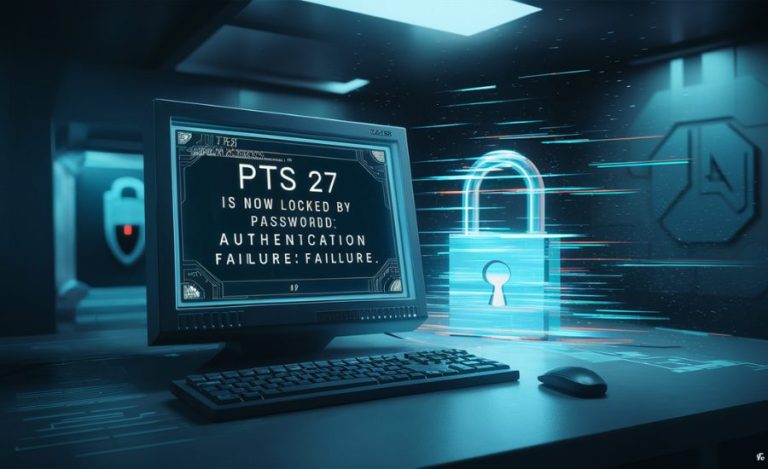110.35-51, Interpreting Applications, Impact, Ethical & More
Inroduction to 110.35-51
Numerical codes, such as 110.35-51, serve as vital tools in a multitude of fields, impacting everything from engineering and manufacturing to finance and regulatory compliance. This article seeks to illuminate the importance of such numerical codes, highlighting their applications and the broader significance they carry for various industries.
Numerical codes are used extensively in technical specifications, where precision and clarity are paramount. In engineering, for instance, these codes often dictate the standards for materials, safety measures, and design specifications. A code like 110.35-51 may refer to specific dimensions or qualities that materials must meet to be deemed suitable for particular projects. Understanding these codes is essential for professionals in construction and manufacturing, as adherence to them ensures compliance with industry regulations and promotes safety and efficiency.
In the financial sector, numerical codes play an equally critical role. They are often utilized in financial assessments, helping analysts categorize and analyze vast amounts of data. The classification provided by codes like 110.35-51 can streamline the evaluation process, allowing stakeholders to make informed decisions based on reliable metrics. Furthermore, these codes facilitate effective communication among professionals by providing a standardized language that transcends regional and disciplinary barriers.
Beyond technical specifications and financial assessments, numerical codes also have implications for data management and information technology. They can serve as identifiers for products, transactions, or processes, making it easier to track and analyze information. For example, a company may use a code like 110.35-51 to categorize a specific product line, enabling better inventory management and data analysis. This standardization is crucial in an era where businesses rely heavily on data-driven decision-making.
This exploration of numerical codes illustrates their multifaceted impact on various industries. Whether you are a seasoned expert navigating these codes or someone eager to expand your knowledge, understanding their significance can enhance your comprehension of industry standards and practices.
In conclusion, numerical codes like 110.35-51 are more than mere numbers; they are foundational elements that shape practices across multiple sectors. By diving deep into their applications and implications, this article provides a comprehensive understanding of how these codes influence operations, enhance communication, and drive innovation in today’s fast-paced world. Whether in engineering, finance, or information technology, mastering these codes is essential for success and advancement.
Interpreting the Code 110.35-51

The numerical code 110.35-51 can be interpreted in various ways depending on its context. Understanding its significance requires a careful examination of the specific domain in which it is used. This code may appear in a range of fields, including technical documentation, financial reports, or scientific research, each offering distinct perspectives on its relevance and application.
In technical documentation, numerical codes like 110.35-51 often denote specific parameters, standards, or guidelines essential for compliance and operational efficiency. For example, engineers may rely on such codes to ensure that materials or processes meet industry regulations, facilitating clear communication among professionals about quality and safety requirements.
In financial contexts, this code could represent a classification for various assets, liabilities, or financial metrics. Analysts use numerical codes to categorize information efficiently, helping stakeholders interpret data more easily. By providing a standardized framework, these codes contribute to a clearer understanding of financial statements and enhance decision-making processes.
In scientific research, the interpretation of a code like 110.35-51 may vary further, as it could refer to specific methodologies, experimental setups, or results.Numerical coding is frequently used by researchers to methodically arrange their data, making cross-study comparisons and analysis easier.
As a result, the meaning associated with the number code 110.35–51 is dynamic and contingent upon the particular situation in which it occurs.By recognizing the unique insights each field provides, individuals can better appreciate the code’s relevance and implications.
Overall, understanding the versatility of numerical codes and their applications across different sectors can enhance one’s grasp of technical, financial, and scientific communication. This knowledge is crucial for professionals aiming to navigate complex information landscapes effectively.
Applications Across Various Sectors
Technical Specifications
In engineering and manufacturing, numerical codes like 110.35-51 are integral to product specifications and component identification. For instance, in the electronics sector, this code may correspond to a particular model or part number, helping engineers and technicians select the right components for their projects effectively.
Financial Sector
Within finance, the code 110.35-51 may function as an investment identifier, stock market symbol, or transaction reference number. Correctly interpreting these codes is essential for investors and financial analysts, allowing them to efficiently track and manage their investment portfolios.
Medical and Scientific Research
In the fields of medicine and scientific research, numerical codes are vital for organizing studies, procedures, and patient data. The code 110.35-51 could be utilized as a reference in clinical research projects or as a classification number in medical databases, aiding in data retrieval and organization.
Case Analysis
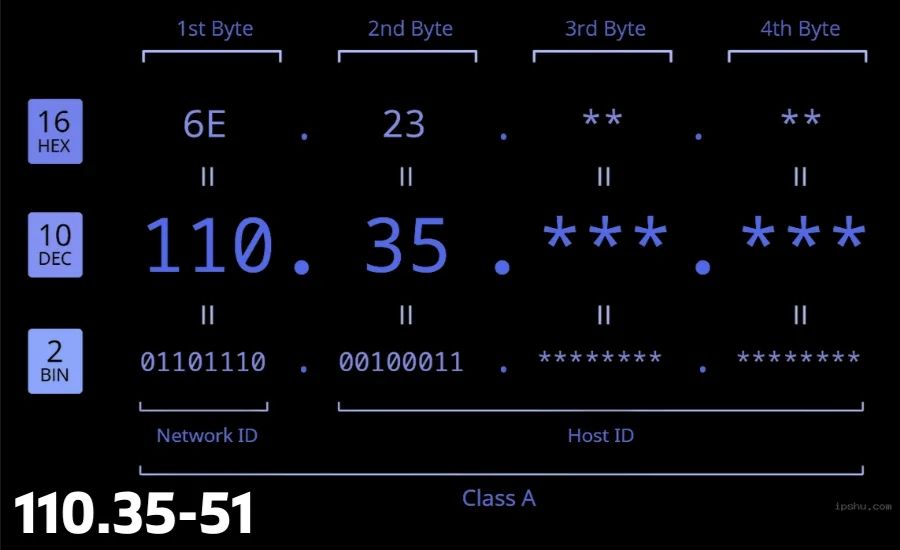
Technical Case Example
Consider a situation where the code 110.35-51 is used to identify a specific electronic component in an engineering project. Understanding this code allows engineers to select the right component, ensuring it integrates perfectly into their design and functions as intended.
Financial Case Example
The code 110.35–51 in finance could be an investment identifier or a stock ticker sign. By correctly analysing this code’s importance, investors can make well-informed judgements on the purchase or sale of equities.
Medical Case Example
In medical research, a code like 110.35-51 could indicate a particular clinical trial or research project. Researchers and healthcare professionals depend on these codes to access detailed study protocols, facilitating accurate data collection and analysis.
Global Impact of 110.35-51
The influence of the code 110.35-51 extends far beyond national borders. As industries become increasingly interconnected, the need for standardized safety codes has become paramount. Regulatory bodies in numerous countries have embraced the 110.35-51 code or its equivalent, promoting consistent safety protocols worldwide.
Adherence to international safety standards, such as 110.35–51, is a requirement for maintaining operational permits and obtaining contracts with foreign partners. This is especially true in high-risk sectors where strong safety standards are necessary to protect workers and property, such as manufacturing, oil and gas production, and energy generating.
Challenges and Future Outlook
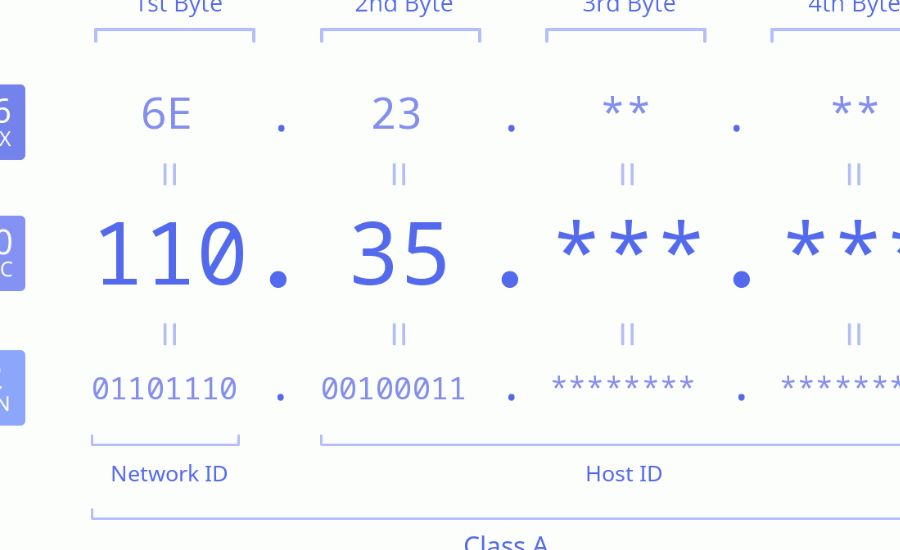
One significant challenge that businesses encounter when implementing code 110.35-51 is the associated cost. Upgrading safety systems, providing staff training, and performing routine maintenance can be particularly burdensome for smaller enterprises. However, the long-term advantages, such as lower accident rates, enhanced efficiency, and reduced legal liabilities, often justify these expenses.
Looking ahead, code 110.35-51 is poised for evolution as industries embrace emerging technologies. The integration of artificial intelligence (AI), machine learning, and Internet of Things (IoT) devices presents new safety challenges that this code will need to address.
In summary, code 110.35-51 plays a vital role in shaping technical protocols and safety standards across various sectors. Its guidelines help ensure safe and efficient operations, protecting both employees and infrastructure. By following the standards outlined in 110.35-51, organizations can maintain legal compliance while cultivating a strong safety culture that benefits all stakeholders.
Legal and Ethical Considerations
It is imperative to adhere to regulations like 110.35-51, not just for legal purposes but also for ethical reasons. Businesses should consider a number of important factors:
Ethical Considerations: Evaluating how adherence to these regulations reflects a commitment to ethical business practices.
Impact on Stakeholders: Assessing how various stakeholders—including investors, employees, and clients—are affected by compliance.
Legal Repercussions: Recognising the potential consequences for non-compliance and proactively mitigating legal risks.
Businesses can promote an ethical and responsible culture by giving priority to these factors.
110.35-51 and Modern Technology
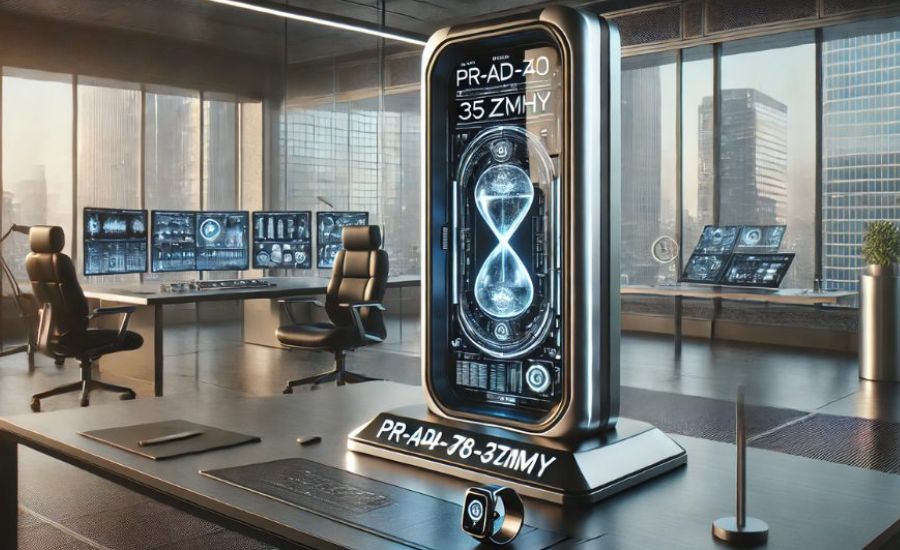
As technology continues to advance, the significance of code 110.35-51 has become increasingly vital. With the rise of intelligent systems, automated machinery, and complex electrical networks, the potential risks associated with these innovations have also changed. Consequently, the code has been updated to include essential guidelines that address emerging challenges:
Cybersecurity Considerations: In today’s environment, where industrial control systems face threats from cyberattacks, the code incorporates measures to protect safety-critical systems from external vulnerabilities.
Guidelines for Automated Safety Systems: With the growing adoption of automated machinery, the code now emphasizes the importance of incorporating fail-safe mechanisms to minimize the risk of accidents.
Promotion of Sustainable Practices: In response to the global movement towards sustainable energy and manufacturing, code 110.35-51 has been revised to include recommendations that encourage eco-friendly operations while maintaining high safety standards.
Through these adaptations, code 110.35-51 plays a crucial role in ensuring safety and security in an ever-evolving technological landscape.
FAQs about Code 110.35-51
1. What is code 110.35-51?
Code 110.35-51 is a numerical code used in various industries to establish standards, specifications, and guidelines related to safety, quality, and compliance. It serves as a reference for engineers, financial analysts, and researchers across different fields.
2. Why are numerical codes important?
Numerical codes like 110.35-51 provide clarity and precision in technical specifications, making it easier for professionals to adhere to industry standards. They help ensure safety, efficiency, and effective communication across various sectors.
3. How does code 110.35-51 apply in engineering?
In engineering, code 110.35-51 may outline specific requirements for materials, safety measures, and design parameters. Adhering to these guidelines ensures that projects meet regulatory standards and function as intended.
4. What role does code 110.35-51 play in finance?
In the financial sector, code 110.35-51 may classify assets or transactions, helping analysts organize and interpret financial data. This standardization facilitates clearer financial reporting and informed decision-making.
5. How is code 110.35-51 relevant to medical research?
In medical research, this code can refer to clinical trials or specific procedures. It helps researchers organize their data, making it easier to analyze results and compare findings across studies.
6. What are the challenges of implementing code 110.35-51?
One of the main challenges businesses face is the cost of compliance. Upgrading systems and providing training can be expensive, especially for smaller companies. However, the long-term benefits often outweigh these initial investments.
7. How is code 110.35-51 evolving with technology?
As technology advances, code 110.35-51 is being updated to address new challenges, such as cybersecurity threats and the integration of automated systems. These adaptations ensure that safety standards remain relevant and effective in a changing landscape.
8. What are the legal and ethical considerations associated with code 110.35-51?
Adhering to code 110.35-51 is not just a legal requirement; it also reflects a commitment to ethical business practices. Companies must consider how compliance affects stakeholders and the potential legal consequences of non-compliance.
9. How does code 110.35-51 promote sustainability?
The code has been revised to include guidelines that encourage sustainable practices in energy and manufacturing, helping companies operate more environmentally friendly while maintaining safety.
10. Why should organizations prioritize understanding code 110.35-51?
Understanding code 110.35-51 is crucial for professionals across various sectors. It enhances compliance with regulations, promotes safety, and supports effective communication, ultimately contributing to successful operations and business practices.
Final Thoughts on Code 110.35-51
Numerical codes like 110.35-51 play a crucial role across many industries, serving as essential tools for ensuring safety, quality, and compliance. In fields like engineering, finance, and medical research, these codes help professionals communicate effectively and adhere to standards that protect people and processes.
As technology evolves, the significance of such codes only grows. They are being updated to tackle new challenges, from cybersecurity threats to the integration of automation, ensuring that safety practices remain robust and relevant.
While implementing these rules can come with expenses and difficulties, the long-term benefits—such as better safety, productivity, and legal compliance—make them desirable. Adopting these principles promotes an ethical culture that encourages accountability and openness in addition to following the law.
Understanding codes like 110.35-51 is essential for anyone in a relevant field. It enhances your ability to navigate complex information and supports informed decision-making. Ultimately, mastering these codes can contribute to a safer, more efficient, and more innovative working environment.
Read More Information About Information At discoverparadox
